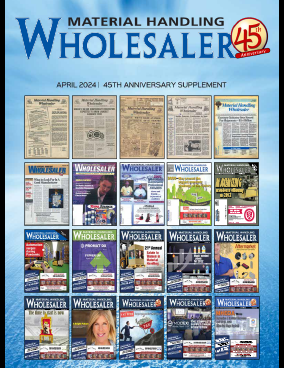Email is not just killing productivity—it’s killing people’s time, focus, and sanity.
Studies show that 50-70% of people check email before they get out of bed. They check it on weekends, and even during vacations. Research from Adobe and Statista found the average employee spends over 3 hours per day on email. That’s 15 hours a week — 750 hours a year doing what? Mostly scanning old, irrelevant threads, deciphering tone, and trying not to miss something important buried in the noise.
We do it because we’re afraid. Afraid of being out of the loop. Afraid of missing a thread that spirals into a decision we weren’t part of. Afraid of appearing unresponsive or disconnected. Email can be a safety net at times, but it’s also a shackle. But the real problem isn’t email. It’s how we’ve let it replace real communication.
Email helps people hide. It’s a place to delay decisions. To cover your ass with “per my last email.” To CC ten people so no one’s accountable. And when everyone’s defaulting to email, everything slows down. Decisions take days. Misunderstandings pile up. Transparency disappears.
Companies like Atos launched a “zero internal email” policy and cut internal email traffic by 60%, saving employees 20 hours a month. Digital agency Klick built its own internal platform to replace email and saw productivity explode—revenue tripled without inbox clutter.
But switching from email to Slack, Teams, or another tool doesn’t solve the problem if we treat those tools the same way. You’re not fixing anything by moving your chaos to a new location.
The goal isn’t just to change the tool. The goal is to change the behavior. We need communication systems that force:
- Real-time conversation, not passive deferral
- Clear documentation that lives where the work lives
- Fewer silos, more visibility
- Fewer messages, more meaning
So, what could that look like?
1. A marketing team where all project communication happens in a shared workspace. Feedback goes in the design file. No inbox, no guesswork, no “just following up.” Everything is visible, trackable, and discussed live. When someone needs clarity, they hop on a call or drop into a real-time channel. It’s human, fast, and frictionless.
2. Or an HR team where onboarding is handled in a shared portal with embedded guidance, real-time Q&A, and task ownership visible to all stakeholders. No emailing PDFs back and forth. No waiting days for simple approvals. Just aligned people doing aligned work.
Email gave us the illusion of control. But clarity doesn’t come from careful threading. It comes from shared context, open dialogue, and purposeful tools. We don’t need to ban email everywhere. But we do need to stop pretending it’s the best way to work.
About the Author
Trained as a behavioral scientist and customer-centricity expert, Andrea Belk Olson helps companies operationalize corporate strategy through understanding mindsets and behaviors. She is the author of three business books, including her most recent, What To Ask: How To Learn What Customers Need but Don’t Tell You.
She is a 4x ADDY award winner and contributing writer to Entrepreneur Magazine, Harvard Business Review, Rotman Magazine, World Economic Forum, and more. Andrea is also an entrepreneurial adjunct instructor at the University of Iowa and TEDx speaker coach.
More information is also available on www.pragmadik.com and www.andreabelkolson.com.











